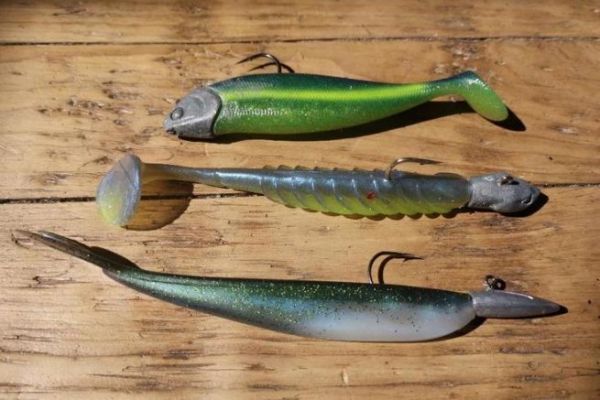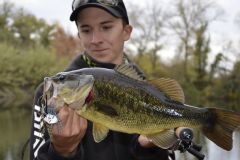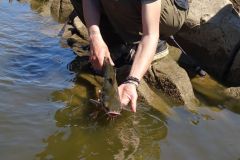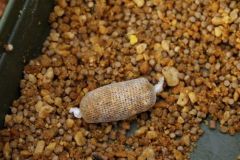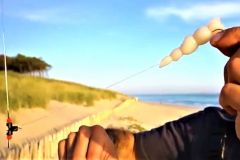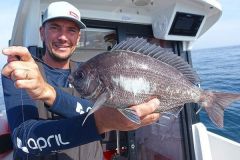There are a huge number of lead heads available on the market for arming your soft lures. While each brand has its own models, there are several main families which are particularly suited to specific techniques and presentations. Here's how to choose them for the most effective animations.
Lure swimming
While there are round lead heads, which in a way are the simplest and can be used for almost anything, they lack specificity and won't always provide the "extra" you need to be effective and trigger the desired hits. As such, I never use them, preferring to use a model adapted to the action I'm looking for.
First of all, the shape of the jig head you choose will influence the presentation of your lure and its swimming action. Shoe heads, for example, allow a head-down presentation and limit snagging. This makes them particularly suitable for scratch fishing.
While rugby ball heads also limit snagging and are perfectly suited to this type of fishing, they excel in line fishing as they add rolling (lateral wobble) to your soft lure.
The fish-shaped heads also bring a lot of rolling to your shad and are better suited to open-water fishing, especially for pulling.
Finally, pointed heads, especially if their base is flat, allow your lure, with the right animation of course, to make lateral splits (darting animation) so specific to fly fishing.
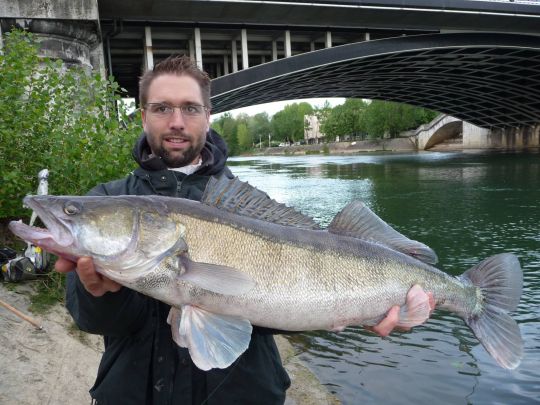
Descent speed
The shape of your sinker head has an impact on your lure's swimming action and on a very specific parameter: its sink rate. In fact, depending on its volume, overall shape and profile, the sinker head will offer greater or lesser resistance to the water and therefore have a significant influence on your lure's descent speed.
For deep fishing and fishing with currents, you'll need to choose a hydrodynamic model, i.e. one that's more tapered and pointed, and for fishing where you want your lure to glide and sink as naturally as possible, opt for heads with a wide base offering greater resistance to the water.
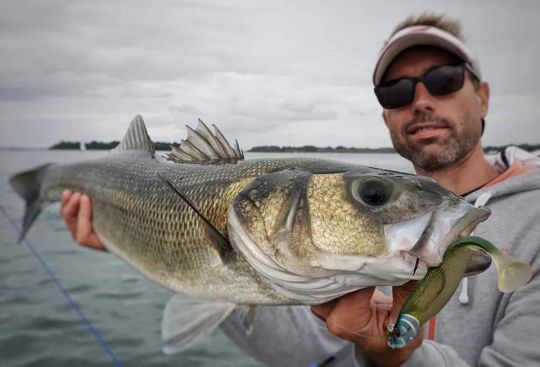
Special events
Some animations are intimately linked to the choice of your jig head. Although not widely practised in freshwater, fly-fishing is a very popular technique for sea bass. The action consists in moving the lure from right to left with more or less pronounced lateral movements. For this type of animation, the use of a jig head generally triangular or pointed in shape and often fitted with a flat base greatly facilitates the task and the effectiveness of the jerks performed with your rod.
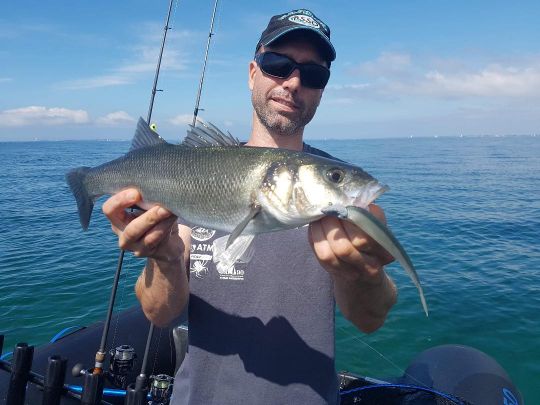
The shape of the lure, a coherent whole
Finally, to offer the predator a coherent and natural whole, you need to choose a sinker head in keeping with the general profile of your lure. A tapered, pointed head is ideal for slugs and finesse lures, especially for fly fishing, while fish-head shaped heads are better suited to wide-profile shads for traction, for example.
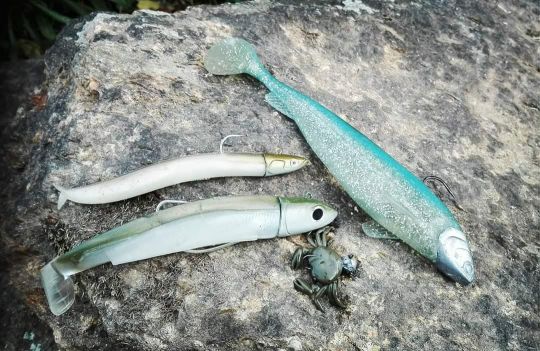
The ones I use
I particularly like to use Illex nitro shad heads and "prêtàpêcher" heads for sea angling.
For fly fishing, Decoy SV67s and Berkley Deep Jig Heads, which I also use a lot for scratch fishing.
In freshwater, I'm more inclined to use sabot heads for pike-perch fishing and soccer heads for linear pike fishing.

 /
/ 